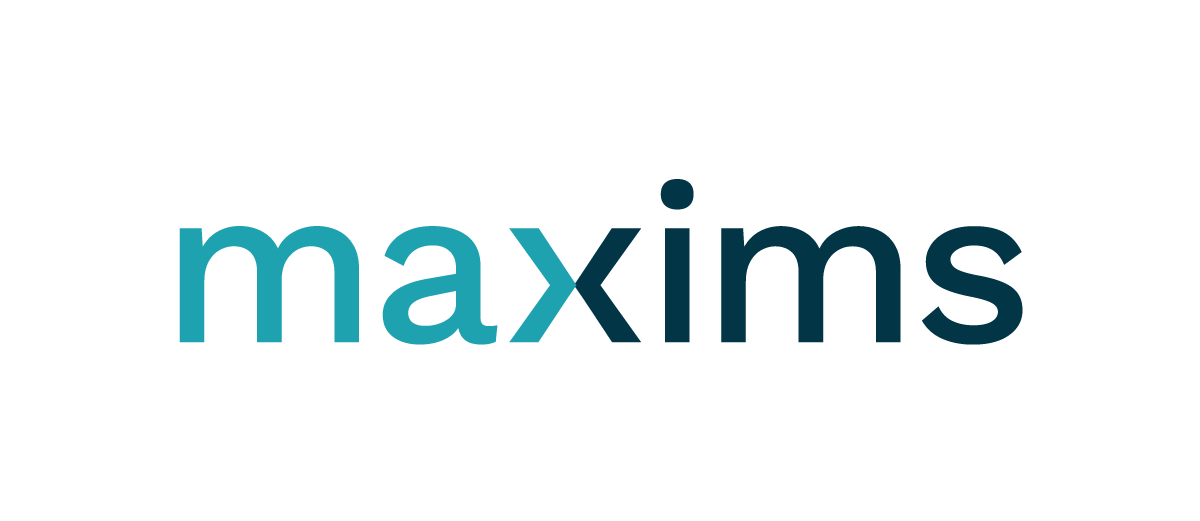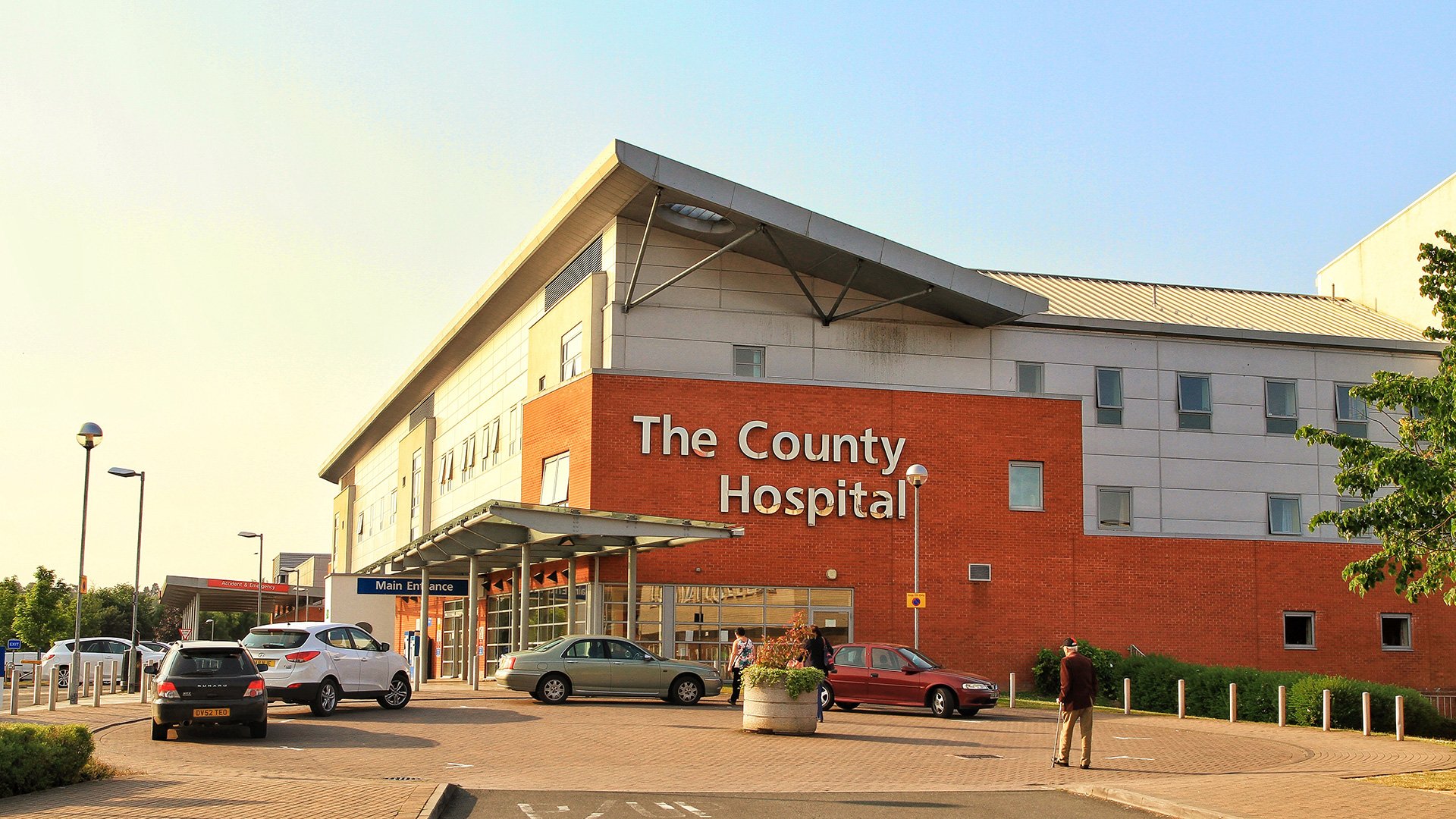100% of NEWS scores are now accurate as Wye Valley NHS Trust goes live with Electronic Observations
Wye Valley NHS Trust is the provider of healthcare services at Hereford County Hospital, which is based in the city of Hereford, along with a number of community services for Herefordshire and its borders. They also provide healthcare services at community hospitals in the market towns of Ross-on-Wye, Leominster and Bromyard.
Wye Valley NHS Trust and IMS MAXIMS have worked together since 2015 and went live with the first phase of the core MAXIMS EPR in 2017. Since then there has been a planned and continual roll-out of additional clinical solutions including Electronic Observations (eOBS).
In line with many NHS Trusts, patient's clinical observations were recorded on a standard paper NEWS2 chart with the NEWS2 score calculated by the observation taker. There are known limitations with the use of paper observations charts in healthcare with numerous studies highlighting issues such as legibility of handwriting, inaccurate recording of scores and reliance on a manual escalation processes. Auditing observations and any associated escalations is also a difficult and labour-intensive exercise.
One of the key drivers for the Trust to use MAXIMS eOBS was to improve the communication flow between internal teams and streamlining the documentation of patient care, this provides a clear audit trail of timeframes, tasks, notifications and intervention. MAXIMS eOBS provides the Trust with real-time notifications of deteriorating patients based on their latest early warning score (NEWS2). MAXIMS eOBS also provides visibility of pending tasks and reminders e.g. a patient’s vital signs are due to be recorded in 10 minutes. All clinical responses are documented directly against the patient’s electronic record, and also available for audit & reporting.
“Great job with eOBS – nothing but positive feedback from the Acute Medical Unit”
THE WYE VALLEY APPROACH
The Trust and IMS MAXIMS undertook three pilots in parallel with the continued use of the manual collection of observations:
STAFF - Ward staff recording and scoring observations
NURSING - Clinical escalation within the nursing team
MEDICAL TEAM - Clinical escalation to the medical team
The pilot phases went very well and enabled the Trust to go live with the scoring and escalation to nursing staff. The staff on adult wards were able to use MAXIMS eOBS quickly and efficiently. As a result, the change was seamlessly embedded into their day to day working.
Face to face training was delivered in less than 20 minutes, within this time staff became familiar with the handheld device (tablet and mobile phones) and how to use MAXIMS eOBS to support the delivery of high-quality patient care. A MAXIMS champion was identified on each ward to support the change in practice.
Training was further supported through e-learning, videos and online fact sheets. However, the Trust found that face to face training supported all levels of learning and could be tailored on a one to one basis. Wye Valley have now trained over 400 people.
The IMS MAXIMS team initially provided on-site support to the Trust for the initial ward pilots. However, due to Covid-19 IMS MAXIMS successfully transitioned in supporting the Trust remotely with the complete roll-out of MAXIMS eOBS across the hospital.
“eOBS is so much easier! A better way to communicate with the nurses.”
THE OUTCOME
Recording
The Trust now use MAXIMS eOBS to record a patient’s observations, to notify staff of any increase/change in patient need and offer clinical advice such as, increased frequency of observations.
Observation
They now have clear and legible observations and consistently calculated scores available in one place.
Accessible
The clinical teams can view observations from any location, allowing quicker informed clinical decisions and actions, than previously possible using the paper-based charts.
Time-saving
Having this information digitally means the Trust can access a variety of reports, to access all metrics and undertake audits saving time over manual paper data collection. For example, this would include the collection of associated CQUIN and SEPSIS information.
Communication
The Trusts internal communication has improved through the availability of task allocations, notification response and acknowledgments that actions and tasks have been performed.
Consistent
Clinical advice is now consistent from accurate calculation of early warning scores and the standardisation of information.
Clear audit
The Trust have clear and complete documentation of tasks/actions encouraging best practice and contributing to clear audit.
“eOBS is very handy and easy to use. We can always monitor ALL our patients using one device.”
BENEFITS
Quicker nurse interaction
It has encouraged quicker nurse responses, and escalations of a patients deteriorating condition – thus improving patient safety.
Improved patient outcomes
Quicker responses to a patient’s deteriorating score have resulted in more positive clinical outcomes.
User friendly
The easy to navigate functionality allows clinical staff to carry out eOBS tasks efficiently and effectively.
Eliminates paper
The NEWS2 eOBS process is now paperless, facilitating medical escalation wherever required.
Real-time Reporting
The Trust now have a digital solution providing real-time reporting enabling them to review and improve processes.
WHAT NEXT
Linking the Critical Care Outreach team to allow remote overview of patients NEWS2 scores across adult wards.
“As CCIO I have been really pleased to see eOBS roll out so successfully across the trust. Feedback from the staff has been very positive and this will only help increase confidence and good will as we introduce more functionality such as nurse noting Nurse Documentation. As a clinician working on the wards I have benefited from the ability to review observations away from the patient bedside. The ability to view the observations in a format that mimics the traditional obs chart has allowed us more senior clinicians to transition to electronic obs without having to change our way of working. The mobile platform view has similarly proved popular with the junior doctors. There are also clear benefits to patient safety with reliable NEWS2 calculation and decisions support around escalation helping the junior nurses and HCAs to flag up changes in a patients status for more senior review when required. Overall I would regard our eOBS implementation as being very successful, reflecting a close working partnership between IMS and the trust EPR team.”


